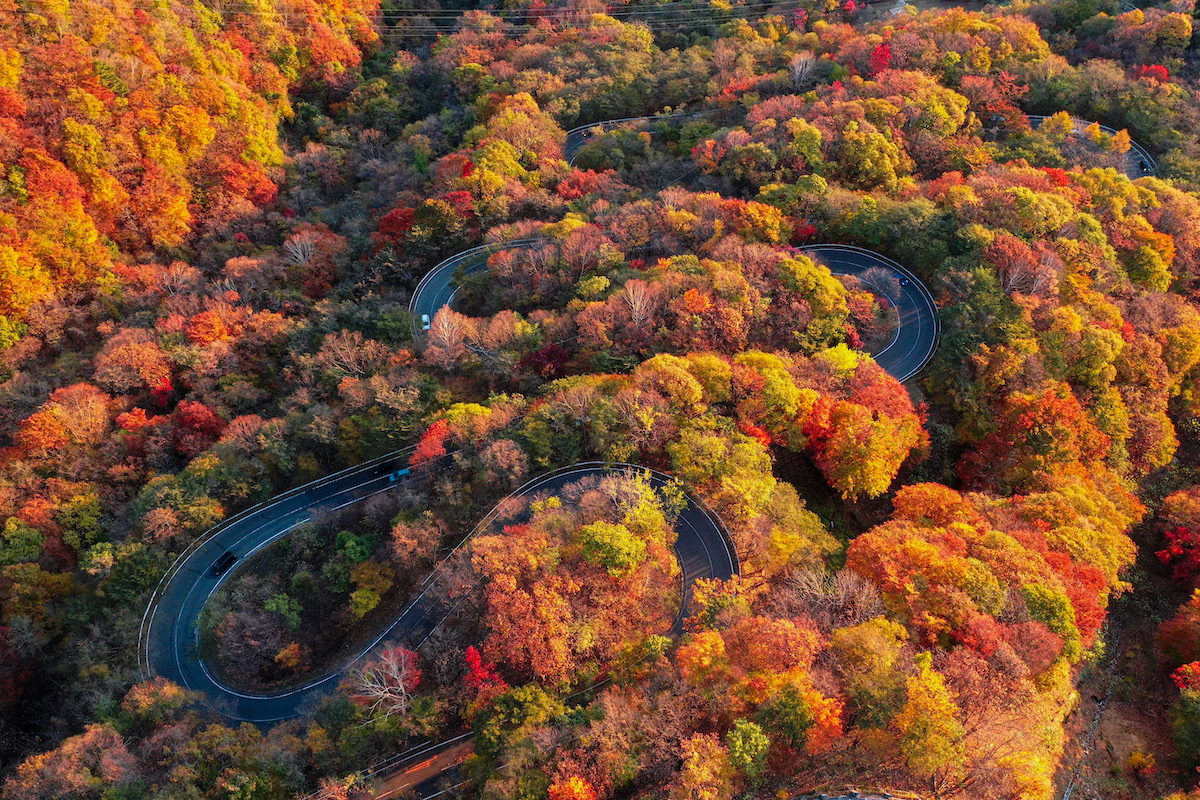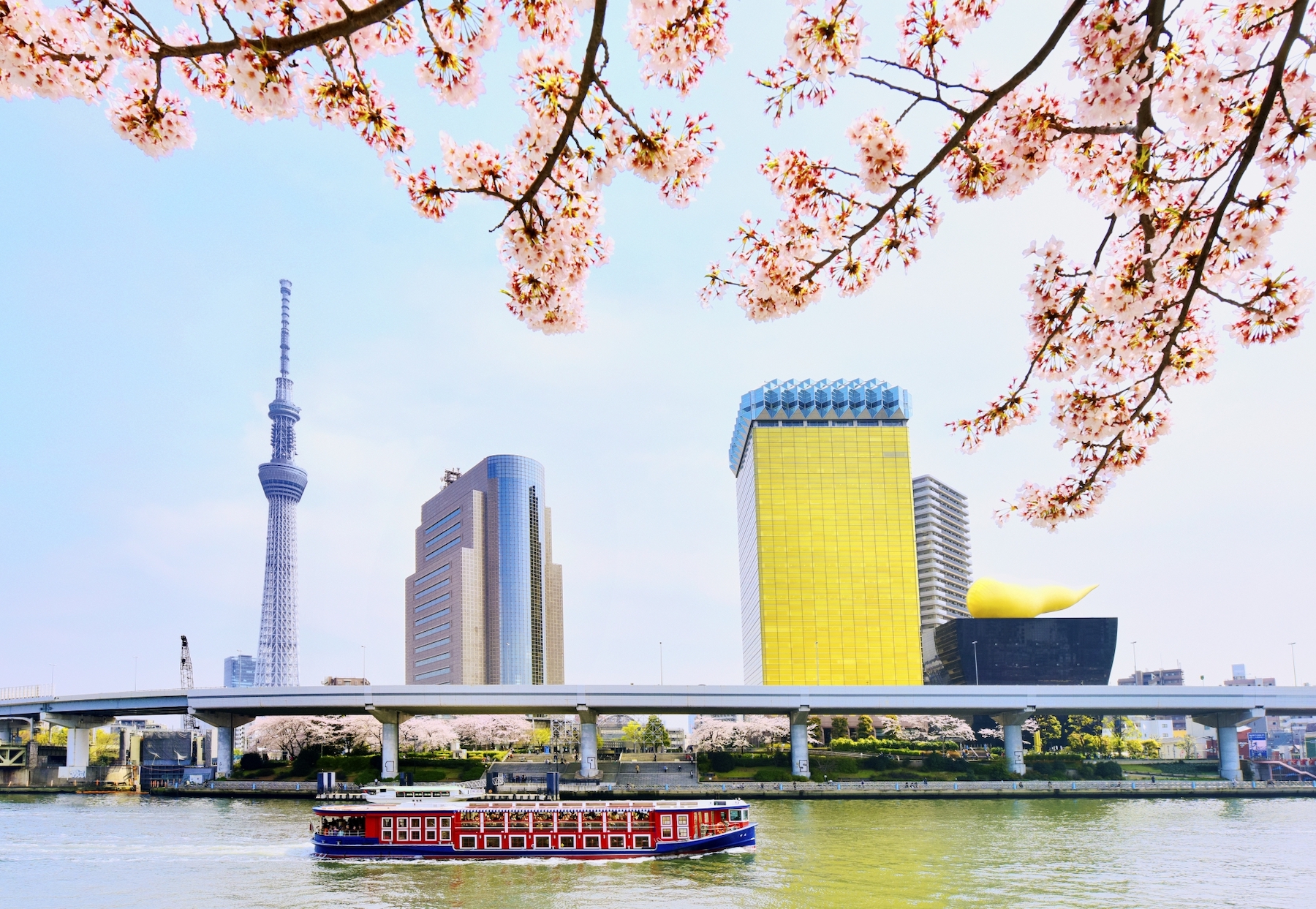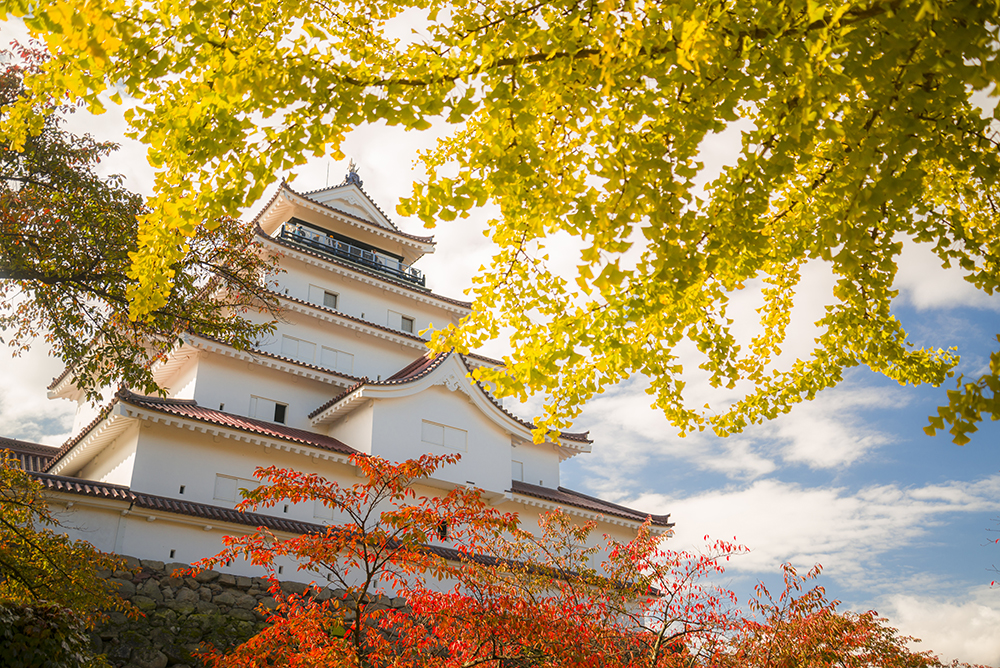A different perspective
With incredible landscape, a great climate and plenty of historic sites to explore, Japan is the cycling trip you didn't know you needed.
23 September 2021
Japan is a dream destination for travellers who want to make their way around by bike. Not only a country with a unique culture and delicious food, Japan has an excellent climate for cycling and incredible landscapes waiting to be explored, giving cyclists options for urban cycling to rural bike-packing adventures.
From cycling through downtown Tokyo to packing your bike up and jumping aboard the Tobu Railway to explore the routes away from the big city filled with nature and some of Japan’s most spiritual and historic sites, you are sure to get your fill of adventure.
Here is a list of the best for your inspiration for your next biking journey.
One of downtown Tokyo’s most lively spots, Asakusa, is a popular and historic town in Tokyo that retains its retro vibes from when it was a merchant town – a true mashup of old and modern Japan.
Today the area is home to some of Tokyo’s most popular attractions, such as the towering Tokyo Skytree – the tallest broadcasting tower in the world.
Also based in Tokyo, the Asahi Beer headquarters and its surrounding historical sites such as the Senso-ji Temple and its outdoor shopping arcade, Nakamise Dori.
Start your urban cycling adventure by exploring the Back alleys of Asakusa and experience the downtown side of Tokyo. After visiting Sensoji Temple and some of the back alleys, cyclists can use the Sumida Riverwalk bridge to cross the Sumida River for a faster and scenic route from Asakusa.
Once you make your way to the other side of the river, treat yourself to a pit-stop at TOKYO mizumachi, a shopping and entertainment complex built under the elevated train tracks of the Tobu Railway.
With an array of cafes, shops, souvenir stores and even Lattest Sports that sells biking gear as well as delicious coffee to give you a caffeine rush, you will be ready to get back on the road to cycle to Tokyo Skytree.
If visiting in springtime, cycling along the Sumida River is a MUST as it is lined with somewhat 700 cherry blossom trees along a one-kilometre stretch and is listed in the top 100 Cherry blossom spots in the country.
Once you are ready to get out of the city, load your bike and jump aboard one of the Tobu Railway’s express trains running north to Nikko. In just a 2-hour ride, you will arrive at the historic and spiritually significant destination situated on the edge of the 1,150-square-kilometre Nikko National Park.
Aside from being home to the culturally significant UNESCO World Heritage site Nikko Toshogu Shrine and a surplus of natural hot springs, Nikko has a vast abundance of nature and provides the active traveller with an array of cycling course options to choose from.
A must-visit for cyclists in Nikko is the Irohazaka Road, which is especially enjoyable in Autumn. The winding road is the only road into and out of the Nikko National Park Highlands that is open year-round and takes you on twists and turns through the mountains as you make your way along the route.
Once you arrive at the peak, there is a tunnel that cuts through the mountainside and takes you into the heart of the Oku-Nikko Highlands, where you can take in the sweeping views of Lake Chuzenji and Mount Nantai in the background.
For those looking for a longer route, they can take the 103.2km two-day trip that leads you on a loop through the Nikko National Park to Kinugawa Onsen. This route allows you to stay overnight at the 2/3 mark, Kinugawa Onsen and relax in the town’s famous natural hot springs that can be found at most lodging facilities.
Heading further north from Tokyo on the Tobu Railway network, cyclists can visit the Aizu region in Fukushima and enjoy some Samurai history along their travels.
From Aizu Wakamatsu Station, cyclists can start their journey by making their way through the city to see Japan’s only Red-tiled castle Fukushima Prefecture’s historic icon –Tsuruga Castle.
From there, cycling north, you can make another stop off at the Sazaedo Temple, the 16-metre temple from 1796 that features the rare double helix structure staircase design.
Cyclists can then make their way northeast through the mountain roads until they find themselves on the banks of Lake Inawashiro. On the northern banks of the lake, cyclists can enjoy the scenery of the lake to one side and the view of Mt. Bandai on the other, either making a while loop of the lake (if time allows) or turning back halfway.
Once you have had your fill of lake cycling, make your way back towards the city and for your final pit-stop, Higashiyama Onsen, which lies hidden on the mountains just east of Tsuruga Castle. Here you can treat yourself to a stay at Fukushima’s renowned onsen town and rest your tired muscles in the mineral waters before resting.
The Tobu Railway offers special discount passes for foreign visitors using their railway network. The Nikko Pass all area is ideal for those visiting Nikko from Tokyo, including a round trip from Asakusa in Tokyo to Nikko and unlimited travel on trains and busses in the Nikko area.
The Yuttari Aizu Tobu Free Pass includes a return ticket from Tokyo, and allows you to explore historical landmarks, including Tsuruga Castle and gives you special discounts at some tourist facilities, shops and restaurants.










